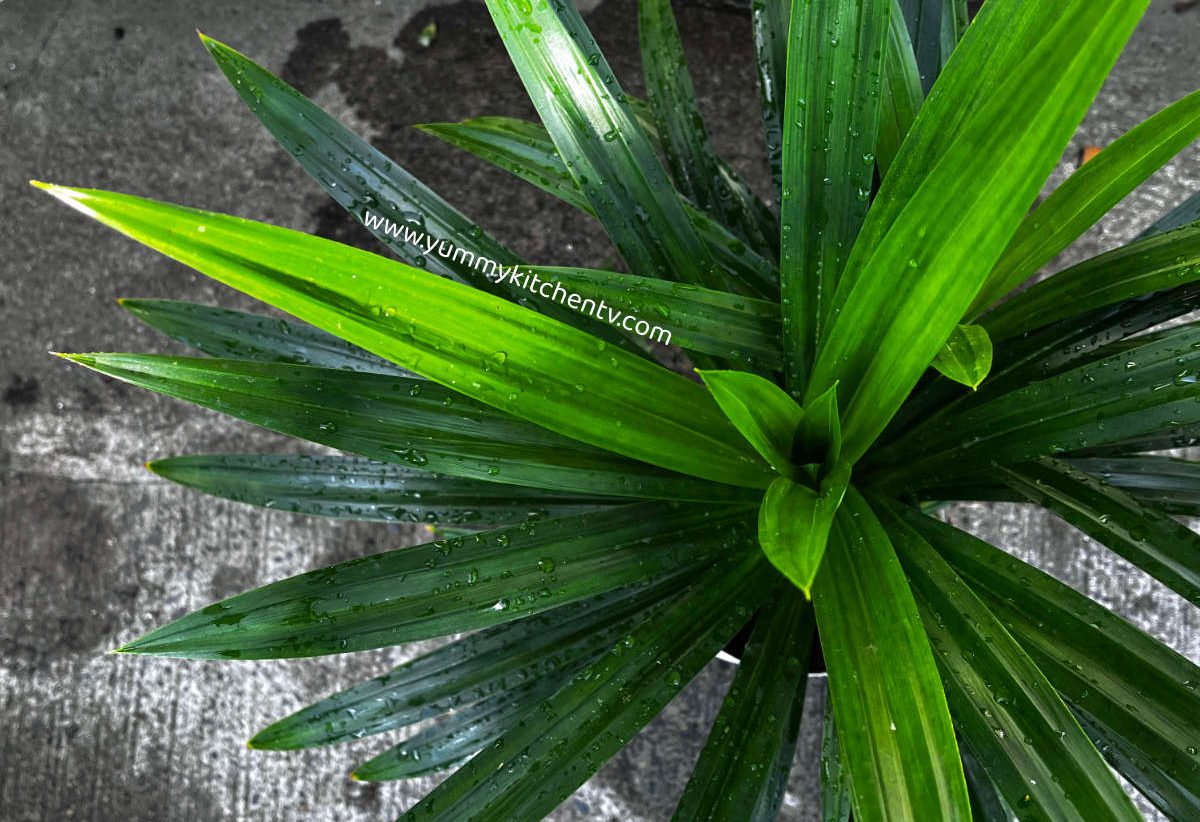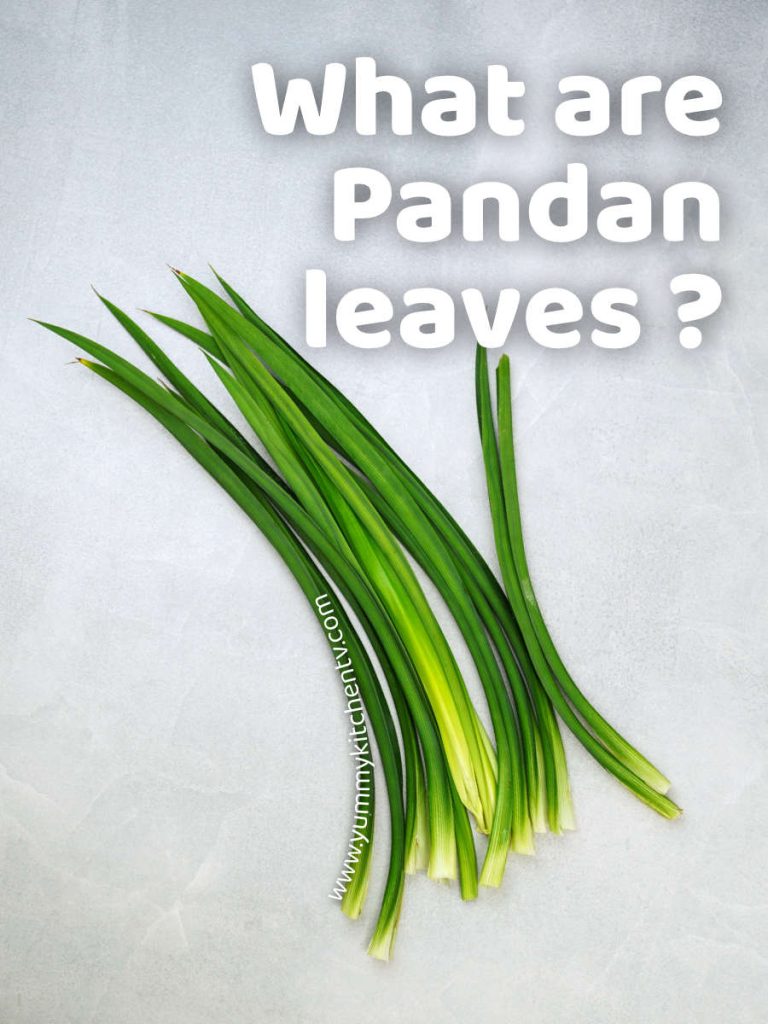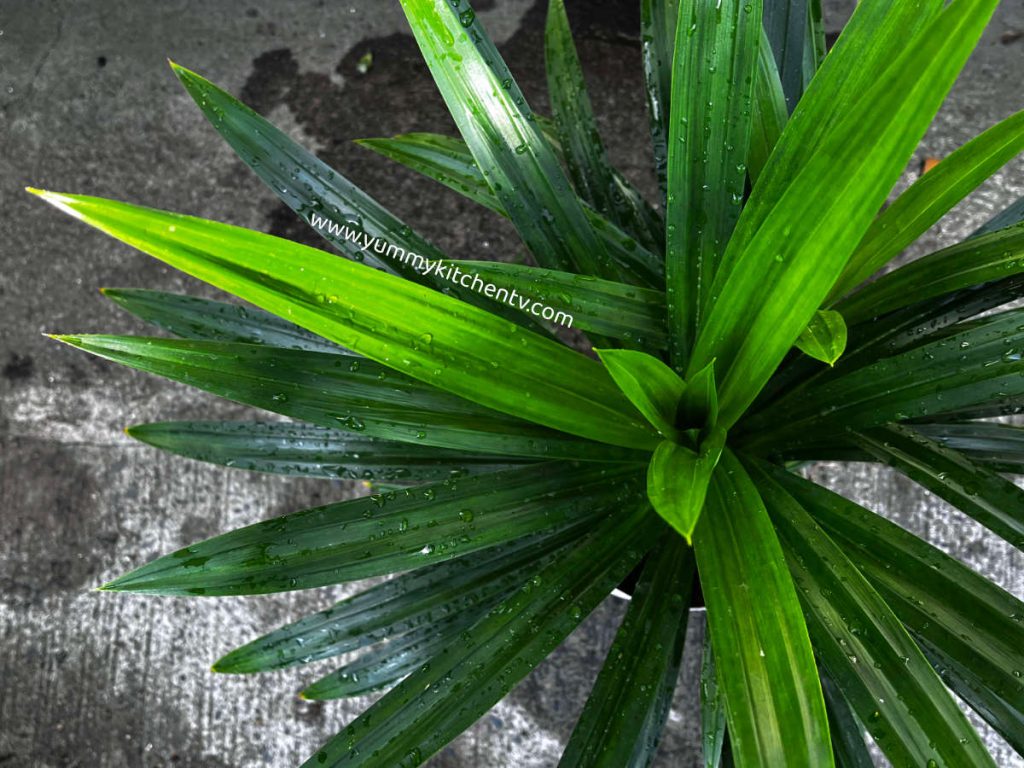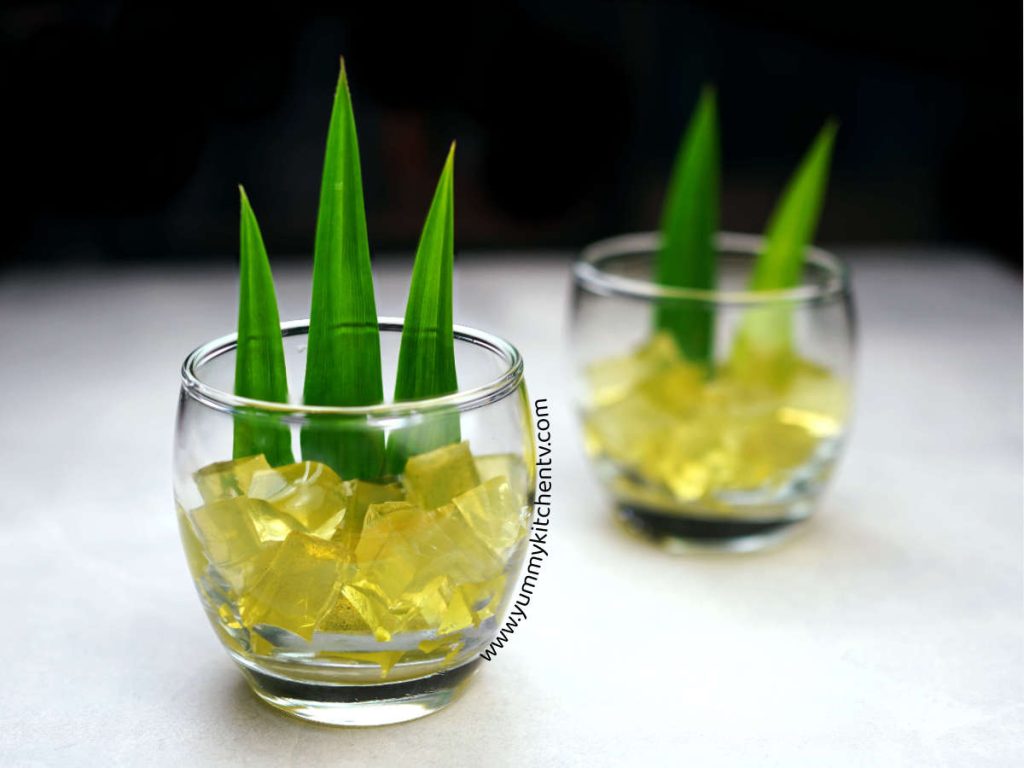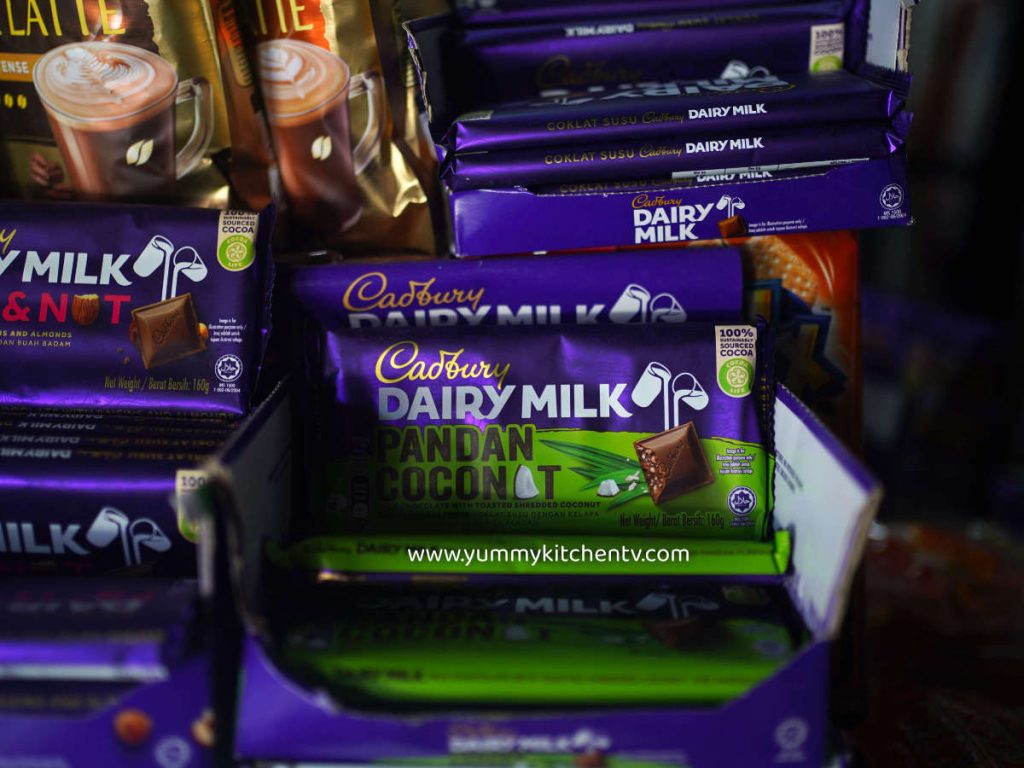What is the Asian Vanilla aka Pandan Leaves ? These thin, fragrant, vibrant, green leaves are a staple herb, sometimes considered a spice in Malaysia, India, Thailand, and the rest of Southeast Asia. A prized plant known for its earthy, sweet vanilla-like taste. Pandan leaves have the power to make anything it touches into a wonderfully aromatic masterpiece.
A Short Introduction
Pandan, also called “Vanilla of the East”, with the scientific name ‘Pandanus amaryllifolius’, is a small tropical plant that mostly grows till only about 2 meters in length, with emerald colored blade-like leaves. Popularly used in many South Asian dishes, there are about 600 species and depending on the types, some might not be edible and are used instead for topical medicine, or to be made into essential oils. In the Philippines and India, some Pandan plants grow edible fruits that look like red-orange pinecones.
Said to have originated from the Moluccas, an island in the east of Indonesia. Spread through trade throughout Southeast Asia, and Sri Lanka where its utilized to the fullest, not just as a flavoring. The pandan leaves have an earthy vanilla taste with hints of almond and rose. These are seldom eaten as a whole, albeit in a few select dishes. Instead, you can find these added into dishes as simple as just adding it into rice to cook together and create an aromatic and lightly tinted Pandan rice, turned into a wrapper to steam food with, similar to that of banana leaves, chopped and added into marinades, boiled to create tea, grounded and made into a marmalade, for food coloring, or dried then crushed into a powder mostly used for baked goods. Where to buy pandan leaves? You can find them in the wet market, at the grocery, or street stalls. This versatile ingredient is such a catch, many families have started growing them into their small gardens. Making them more accessible to be used whenever in any which way you’d like!
Pandan Leaves Benefits
Used as is, knotted or tied, pounded into a paste, dried and crushed into powder, or squeezed to make into essential oils. Pandan has been a remarkable herb used for centuries due to its medicinal properties, and many more benefits founded in recent years. Here are just a taste of what pandan leaves can offer:
When consumed
- A great source of carotenoids, a kind of antioxidants to help with heart disease and cancer prevention,
- Since these earthy herbs have a cooling effect, they can also help reduce the symptoms of having a fever, stress and anxiety.
- Prevents constipation and detoxify the liver and body.
- Helps keep against developing atherosclerosis, which is the narrowing of heart arteries due to plaque buildup.
- Drinking pandan infused water or pandan tea after a meal can help control blood sugar.
- Alleviate gout by drinking a glass of this earthy vanilla, reduce uric acid levels and remove kidney stones from the body, with daily or regular intake.
* Pandan leaves side effects : there are no present known side effects to Pandan leaves, the Asian Vanilla should still be eaten or drunk in MODERATION, like most ingredients, too much of a good thing, might be harmful to the body.
Uses outside the culinary world
- As traditional medicine used for arthritis and joint pain. Pandan oils have phytochemicals that help relieve the pain. These are also said to help ease headaches and reduce insomnia.
- In some parts of Southeast Asia, crushed pandan is used as a topical medicine for skin problems like sunburns, insect bites, and fungal infections. Because these have a cooling effect on the skin.
- The extract is sometimes used to keep mosquitoes and cockroaches away.
- Known to be used by cab drivers in Vietnam as air fresheners for their cars.
- It’s said that using pandan essential oils or having this as one of the main ingredients help with boosting and maintaining overall health.
Pandan Leaves Substitute :
- Vanilla – a 1:1 ratio substitution, almost similar in taste, with the pandan having an earthier warm flavor.
- Matcha – similar in adding color into the dish, but has a stronger bitterness, with the added astringency. Taste-wise this should be added in small amounts to copy the color and slight bitterness.
- Collared greens – a better substitute when creating savory dishes, it’s not exactly a best choice for sweets.
Pandan leaves, the Filipino herb for all
In the Philippines, there are around 48 species of Asian Vanilla or Pandan leaves grown in different habitats from mangroves, forests, sandy beaches and even growing tickets along the seashore. These are not just an additional natural food coloring or flavoring to many dishes, but the pandan leaves have provided income to many farmers. From selling it raw, as the plant by itself, dried to be turned into powdered flavoring, or using the dried leaves to be weaved into planters, small baskets or holders, even bags, pulp to paper, and many more.
Pandan leaves are one of the most favored herbs to grow in your garden. Being a flavoring that can be added almost anywhere from drinks, desserts, cakes, or even commercial products like chocolate, jellies and more. There are so many ways to consume and enjoy Pandan in the Philippines, we’re narrowing down some of the best and without a doubt, the yummiest dishes that you’ll want to try:
- Buko Pandan cooler, a refreshing mix of pandan leaves and fresh coconut juice. A healthy tasty summer drink you can find at street stalls, restaurants, or small stalls inside the malls.
- Buko Pandan salad, a jelly dessert similar to the Buko Pandan cooler but with cream or coconut milk making it even more indulgent. These are turned into a dessert salad when adding white sago, and other translucent ingredients, less cream or juice, lastly adding the pandan jelly.
- Biko Pandan de Yema, a sweet and easy traditional Filipino snack made easy with just 5 ingredients.
- Pandan Kutsinta, if you’re fond of the original kutsinta that taste like larger tapioca balls, these are the pandan version, an interestingly aesthetically pleasing green version.
- Buko Pandan Palitaw Balls, vibrantly green pandan flavored mochi balls filled with sweet coconut or cheese, rolled into more coconuts. Making it a delightful summer snack.
Distinguished for its distinctive smell, cooked and used a hundred ways. Pandan Leaves are an ingredient that you will be hard pressed to find a person that will not adore such an interestingly delicious herb.

